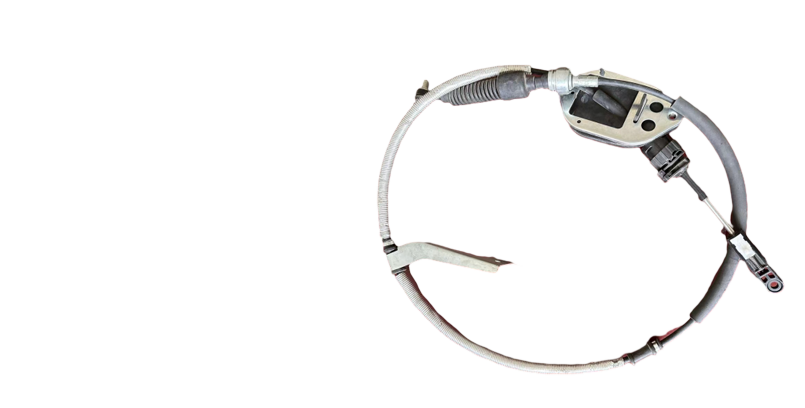Throttle Control Cable - Essential Components for Smooth Engine Performance
Understanding Throttle Control Cables Importance and Functionality
Throttle control cables play a crucial role in the functioning of various vehicles, including cars, motorcycles, and boats. These cables are integral to the system that governs speed control by linking the accelerator pedal or handle to the engine's throttle body. A deeper understanding of throttle control cables helps appreciate their significance in vehicle performance and safety.
The Basics of Throttle Control Cables
At its core, a throttle control cable is a mechanical component designed to transmit motion. Typically made of durable materials such as steel, these cables are encased in protective sheathing to prevent wear and tear. The operation of the throttle cable is relatively straightforward when the driver presses the accelerator pedal, the cable pulls on a lever attached to the throttle body, which in turn regulates the engine's air intake, allowing more air and fuel to enter the combustion chamber and subsequently increasing engine power.
Importance of Throttle Control Cables
Throttle control cables serve as the lifeline of throttle response. They enable precise control over engine power and acceleration, critical attributes for performance, safety, and fuel efficiency. A well-functioning throttle cable translates driver input into immediate engine response, facilitating smooth driving experiences. Conversely, a malfunctioning cable can lead to several issues, including delayed acceleration, rough idling, or even complete failure to respond, which can pose significant safety risks on the road.
throttle control cable

Signs of Wear and Needed Maintenance
Like all mechanical components, throttle control cables are susceptible to wear over time. Drivers should remain vigilant for potential signs of cable issues, including unusual resistance when pressing the accelerator, sticky or inconsistent response, or visible fraying of the cable itself. Regular inspection of the cable, especially in vehicles subjected to harsh conditions or heavy usage, is vital. Maintenance may involve lubrication to ensure smooth operation or replacement if the cable shows significant degradation.
Upgrading and Replacing Throttle Cables
For those passionate about vehicular performance, upgrading the throttle control cable can be a straightforward way to enhance throttle response. Aftermarket cables are often available that are designed for improved efficiency and enhanced durability. When replacing a throttle cable, it is essential to select the correct length and type compatible with the specific make and model of the vehicle. Professional installation is recommended for those unfamiliar with the intricacies of vehicle mechanics.
Conclusion
In summary, throttle control cables are an essential yet often overlooked component of automotive and marine systems. Their proper functionality ensures optimal vehicle performance and driver safety. Regular maintenance, timely inspection for signs of wear, and understanding when an upgrade is necessary can significantly contribute to a smoother and safer driving experience. As technology continues to evolve, these mechanical components may also adapt, leading to new innovations in speed control and performance, but their fundamental role in vehicle operation will always remain.
-
Workings of Clutch Pipe and Hose SystemsNewsJun.04,2025
-
The Inner Workings of Hand Brake Cable SystemsNewsJun.04,2025
-
The Secrets of Throttle and Accelerator CablesNewsJun.04,2025
-
The Hidden Lifeline of Your Transmission Gear Shift CablesNewsJun.04,2025
-
Demystifying Gear Cables and Shift LinkagesNewsJun.04,2025
-
Decoding Clutch Line Systems A Comprehensive GuideNewsJun.04,2025
